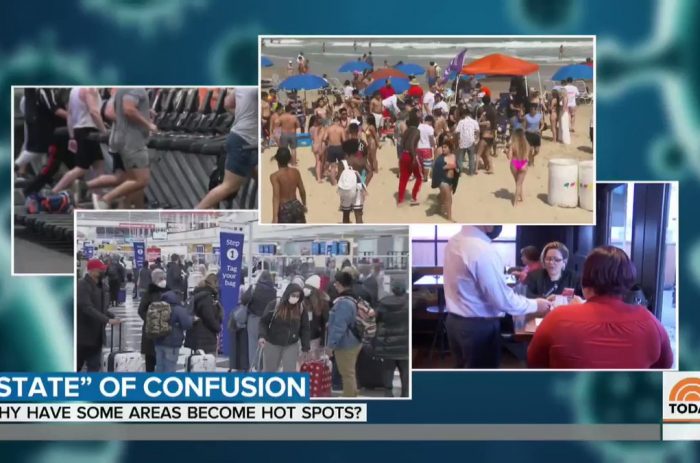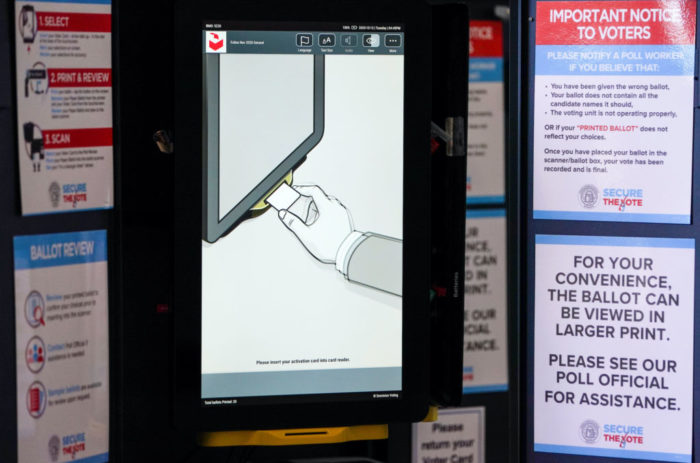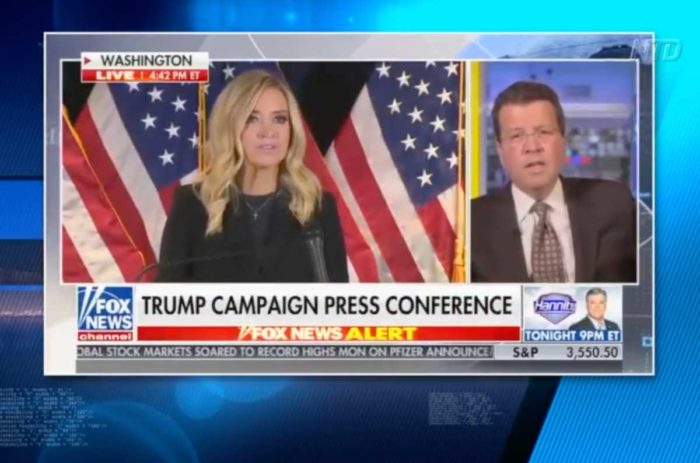redo Jump to...
print Print...
Directions
-Read the excerpt below from the "Best of the Web" post by OpinionJournal.com's editor James Taranto.
-Read "Types of Media Bias" in the right column. Then answer the questions.
From a post by OpinionJournal.com’s editor James Taranto (original post date 3/19/12):
Next week the U.S. Supreme Court hears oral arguments on the [challenges to President Obama’s health care law], and the Associated Press’s Mark Sherman has a curtain-raiser:
Here’s a thought that can’t comfort President Barack Obama: The fate of his health care overhaul rests with four Republican-appointed Supreme Court justices.
His most sweeping domestic achievement could be struck down if they stand together with Justice Clarence Thomas, another GOP appointee who is the likeliest vote against.
But the good news for Obama is that he probably needs only one of the four to side with him to win approval of the law’s crucial centerpiece, the requirement that almost everyone in this country has insurance or pays a penalty.
Sherman’s forecast of how the justices are likely to vote, and which ones’ votes are unpredictable, reflects the conventional wisdom. We gave pretty much the same rundown way back in February 2011. What caught our attention about Sherman’s dispatch, though, was the way he described the various justices:
Lawyers with opposing views of the issue uniformly agree that the four Democratic-appointed justices, including Obama’s two picks, Elena Kagan and Sonia Sotomayor, will have no trouble concluding that Congress did not overstep its authority in adopting the insurance requirement that is aimed at sharply reducing the now 50 million people without insurance.
On the other side, Thomas has made clear in several cases that he does not take an expansive view of Congress’ powers.
Both the Obama administration and the health care law’s challengers believe they can attract the other four Republicans to their side. The group includes Chief Justice John Roberts and Justice Samuel Alito, the two appointees of President George W. Bush who have swung the court to the right in a number of areas; conservative stalwart Antonin Scalia; and the less doctrinaire Anthony Kennedy.
So according to Sherman, Roberts, Scalia and Alito are all “doctrinaire,” at least as compared with Kennedy–even though all four are assumed to be approaching this case with an open mind. Yet he doesn’t apply the term “doctrinaire” to the four justices who are thought to have made up their minds to vote to uphold ObamaCare.
This column is with Justice Thomas in thinking that many of the court’s New Deal-era expansions of congressional power ought to be overturned. Striking down ObamaCare would be a good start. Yet when we wrote about this over a year ago, we were careful to acknowledge that the pro-ObamaCare position imputed to the Democrat-appointed justices is an intellectually respectable one. We’re an opinion columnist, yet we’re less biased than the AP.
To accurately identify different types of bias, you should be aware of the issues of the day, and the liberal and conservative perspectives on each issue.
Types of Media Bias:Questions
1. What type of bias is the excerpt an example of?
2. Define doctrinaire. Note that the definition has a negative connotation.
3. In referring to Republican-appointed justices as doctrinaire, did the reporter give an opinion or a fact?
Scroll down to the bottom of the page for the answers.
Answers
1. The excerpt is an example of bias by labeling: the AP reporter refers to Republican-appointed Justices Roberts, Scalia and Alito as doctrinaire, while giving no type of label to the Democrat-appointed Justices.
2. doctrinaire – A person inflexibly attached to a practice or theory without regard to its practicality. (from Houghton Mifflin Dictionary at education.yahoo.com/reference/dictionary)
doctrinaire – based on and applying fixed beliefs rather than considering practical problems (from dictionary.cambridge.org)
3. The reporter gave an opinion.



